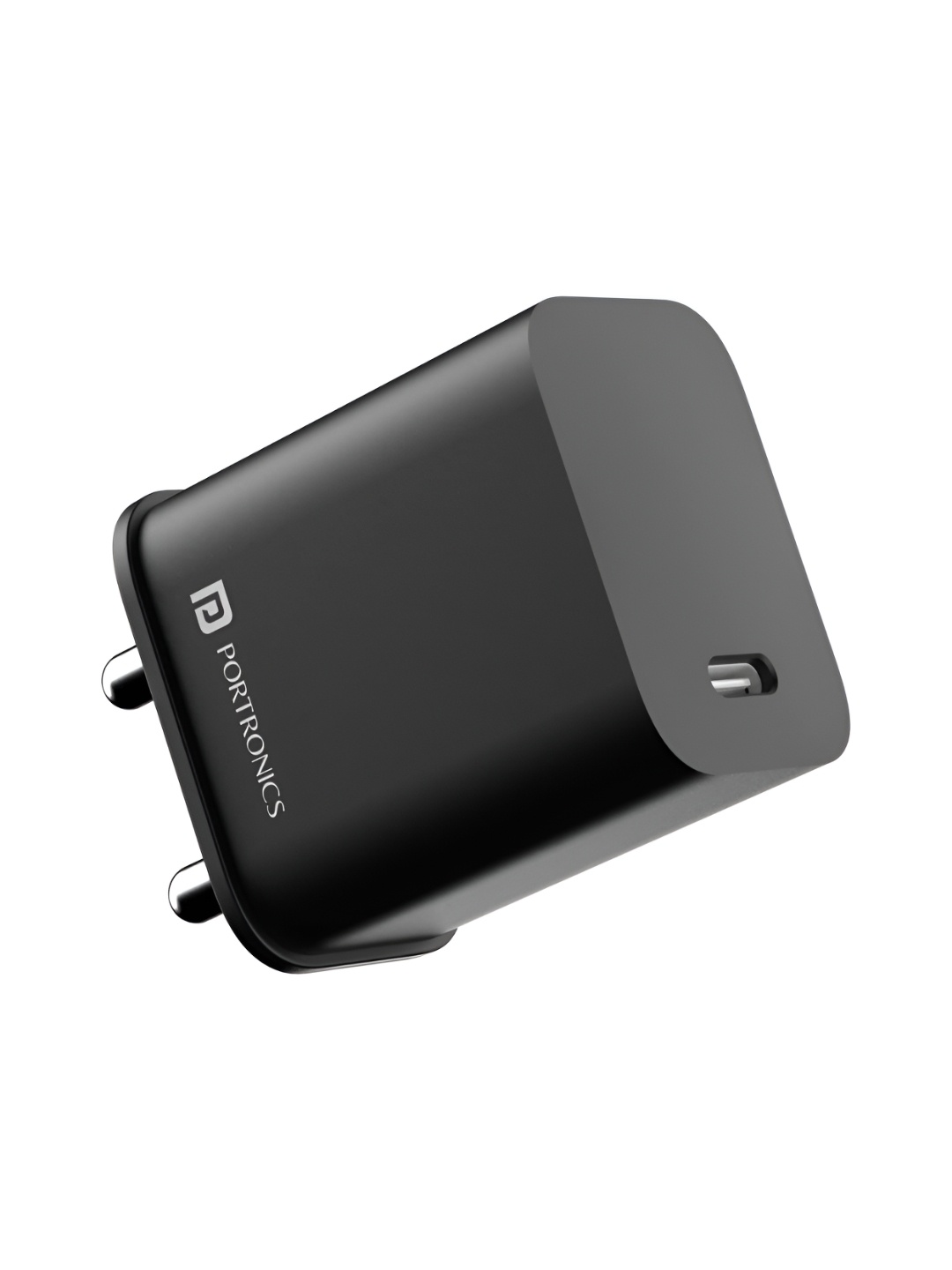Front Load Vs. Top-load Washing Machines: Which One Should You Buy?

When it comes to doing laundry, it's safe to say that most of us don't exactly look forward to the task. But one thing that can certainly make a difference is choosing the right washing machine. It's one of those appliances we often don't think much about until it's time to replace it and then suddenly, the variety of models and options can feel overwhelming. Among the biggest decisions you'll face is whether to go for a front-load or a top-load washing machine.
So, which one should you choose? In this article, we'll break down the differences between these two types of washing machines, exploring everything from energy efficiency to the space you have available, and how they actually perform in real-life situations. By the end, you'll be ready to make an informed decision on which one fits your home and laundry needs best.
1. The Space Debate: Front-Load vs Top-Load
Let's start with one of the most practical considerations — space. In a world where apartments are getting smaller and kitchen layouts more compact, choosing the right washing machine for your space is crucial.
Front-load washing machines typically have a more compact design and can be stacked with a dryer. This feature is perfect for homes with limited laundry room space, as it makes use of vertical space rather than taking up valuable floor area. So, if you're living in a city flat with a small utility room, a front-load could be your best bet.
On the other hand, top-load washers usually take up more space width-wise, and while they can't be stacked, they offer easier reach when loading and unloading. If bending over isn't your thing (and who can blame you?), the top-loader might feel more user-friendly, especially in homes where space is less of an issue. Ultimately, this choice boils down to the amount of space available and your personal preferences regarding accessibility and storage.
2. Energy Efficiency: Is One Better Than The Other?
In today's eco-conscious world, energy efficiency isn't just a buzzword, it's something we care about. And when it comes to washing machines, this is a biggie.
Front-load washing machines generally take the crown in terms of energy efficiency. They use less water and require lower energy consumption during each cycle, which ultimately leads to smaller utility bills. This is mainly due to the horizontal drum design, which allows the machine to spin clothes with greater efficiency. Plus, modern front-load machines come with various eco-friendly wash modes that minimise water use even further.
While top-load machines tend to consume a bit more water and electricity, newer models have made strides in becoming more energy-efficient. However, if reducing your carbon footprint is a high priority, a front-load machine is likely the better choice.
3. Cleaning Power: Which One Gets Your Clothes Cleaner?
When you're investing in a washing machine, you want to know that it's going to get your clothes clean — and I mean really clean. Both front-load and top-load machines excel in this department, but each has its strengths.
Front-load washers typically use a tumbling motion, which gently lifts and drops clothes as it washes them. This method is incredibly effective at getting rid of tough stains without putting excessive strain on fabrics. It's especially ideal for delicate fabrics and heavier laundry items like duvets, which often require a more gentle approach.
On the flip side, top-load washing machines, particularly those with agitators, can provide a more powerful scrub. This makes them fantastic for removing dirt and grime from more robust materials like jeans, towels, and work clothes. However, the stronger action can sometimes be harsher on fabrics, which is something to consider if you're washing delicate items regularly.
4. Ease of Use: Which Is More User-Friendly?
Let's face it — laundry should be as easy as possible. In the battle between front-load and top-load washing machines, ease of use often depends on what you're used to.
top-load washers are generally more user-friendly when it comes to loading and unloading. No bending over, no crouching down — simply lift the lid and drop your laundry in. For people with back problems or those who struggle with mobility, top-loaders are often the more convenient option. Additionally, they usually have a quicker wash cycle compared to front-load washers, meaning less waiting around.
Front-load machines, on the other hand, require bending to load and unload. However, many models are now equipped with features such as a higher door placement, making them less of a strain on the back. Some even have advanced features like “Add Wash,” which lets you toss in forgotten items mid-cycle — a small but convenient touch.
5. Cost: Are You Paying More For One Over The Other?
When it comes to price, front-load washing machines tend to be more expensive upfront compared to top-loaders. The higher initial cost is due to the advanced technology, energy-saving features, and the often more durable design of front-load washers.
While you might pay a little more for a front-load machine, you'll often find that it's a wise investment in the long run, thanks to lower energy bills and the potential for fewer repairs. The upfront cost may seem steep, but the savings over time could make it worthwhile.
Top-load washing machines, on the other hand, are generally more budget-friendly. If you're working with a tight budget but still need a reliable machine, a top-loader might provide the perfect balance between affordability and performance. Just keep in mind that you might see higher energy bills over time due to its higher water usage.
6. Durability And Maintenance: Which One Lasts Longer?
Let's talk about durability. In general, front-load washing machines are built to last, and many models come with warranties that reflect their longevity. That said, they do require a little extra TLC to keep them in good shape.
Front-loaders have rubber seals around the door, which can trap moisture and lead to mould build-up if not properly maintained. A simple wipe-down after each load and leaving the door slightly ajar between washes can prevent this issue.
top-loaders, while perhaps more robust in terms of simple design, often require more frequent repairs as the years go on. Their agitators and motors can wear down over time, and while maintenance is often less intensive than with front-load machines, you might end up dealing with more frequent issues.
7. Noise Levels: How Much Does It Matter?
If you're a light sleeper or live in close quarters with others, noise levels can make a big difference in your decision-making process.
Front-load washing machines are generally quieter during operation, thanks to their smooth tumbling action and advanced engineering. This can make them a good choice for open-plan living spaces or bedrooms situated close to the laundry room. Some models are so quiet, you might even forget the laundry's going!
top-load machines, on the other hand, can be a bit louder due to the agitation mechanism. The spinning and thumping sounds from the agitator might not be ideal if you're sensitive to noise. However, newer top-load models have come a long way in reducing operational noise.
8. Resale Value: Will You Get More For Your Machine?
If you plan to upgrade or move house in the future, the resale value of your washing machine could be an important factor in your decision. Generally, front-load washing machines tend to hold their value better, largely due to their energy efficiency, advanced features, and durability.
top-load washing machines, while still valuable, don't quite match the resale potential of their front-load counterparts. However, if you're just looking for something functional for the short term, a top-loader might give you the best bang for your buck.
Products Related To This Article
1. SAMSUNG 7 kg 5 star, Ecobubble, Wi-Fi, Digital Inverter, Hygiene Steam Fully Automatic Top-load Washing Machine With In-Built Heater
2. Haier 7 kg Balance Clean Pulsator, Custom Wash Cycles With 15 Mins Quick Wash, Magic Filter Fully Automatic Top-Load Washing Machine Brown
3. Whirlpool 6.5 kg Fully Automatic Top-load Washing Machine With In-Built Heater Grey (MAGIC CLEAN PRO SW 6.5 (H)
4. IFB 6.5 kg 5 Star with Deep Clean Technology, ActivMix, Powered by AI, With Aqua Energie, Soft Close Door, Fully Automatic Top-Load Washing Machine Black
5. Godrej 7 kg 5 Star, Zero Pressure Technology Fills Tub 60% Faster, Stainless Steel Gravity Drum Fully Automatic Top-Load Washing Machine
6. SAMSUNG 9 kg 5 Star, Hygiene Steam Fully Automatic Front-load Washing Machine with In-Built Heater
7. FB 8 kg 5 Star with Steam Refresh program, 9 Swirl Wash, Eco Inverter, Touch Panel with AI Fully Automatic Front-Load Washing Machine with In-built Heater
8. BOSCH 9 kg Fully Automatic Front-Load Washing Machine With In-Built Heater
9. LG 9 kg 5 Star, Inverter Direct Drive Technology, 6 Motion DD, Steam Fully Automatic Front-load Washing Machine With In-Built Heater Black
10. Motorola 10.5 kg 5 Star Smart Wi-Fi Enabled Inverter Technology Fully Automatic Front-load With In-Built Heater
Choosing between a front-load and a top-load washing machine ultimately comes down to your personal preferences, lifestyle, and budget. If you're all about energy efficiency, saving space, and gentle care for delicate items, a front-load machine might be the perfect fit. On the other hand, if you're looking for something budget-friendly, powerful enough to tackle tough stains, and easier to load, then a top-load washer may be the better choice.
The good news is that no matter which option you choose, both front-load and top-load washing machines have come a long way in terms of innovation, so either choice will serve you well for years to come. Just take a moment to weigh the pros and cons, and you'll soon be ready to make a decision that leaves your laundry day hiccups behind.
Disclaimer: The images used in this article are for illustration purpose only. They may not be an exact representation of the products, categories and brands listed in this article.





























